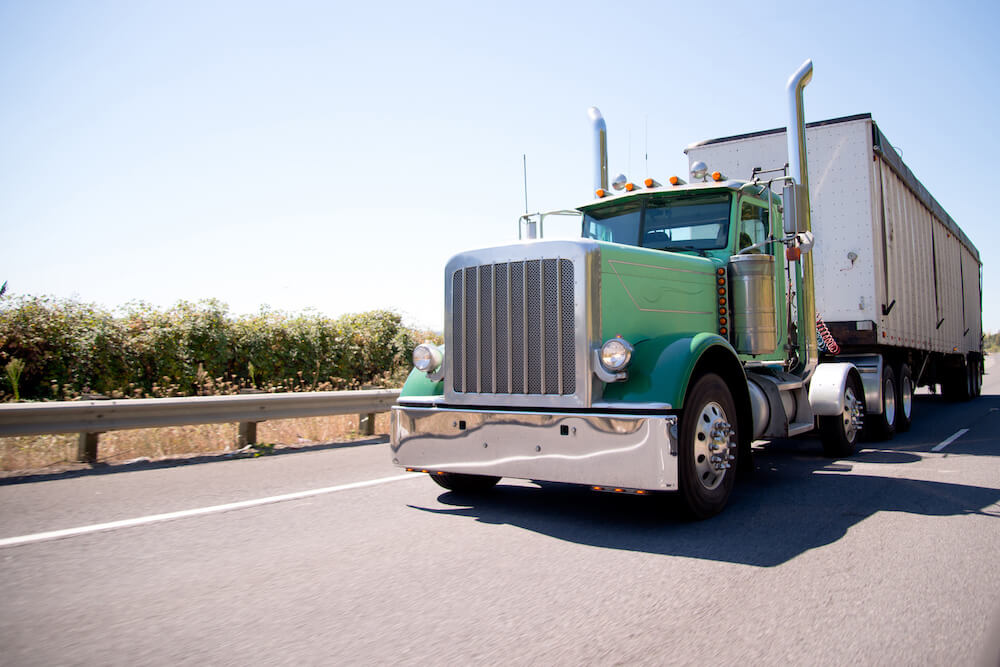Surplus lines and admitted carriers both do the same thing – they provide insurance coverage for fleets and commercial vehicles. The differences between the two have to do with licensing, rates, and coverage options. Surplus lines coverage is designed for those users who can’t access traditional coverage (via admitted carriers) and features higher fees and more complex application and claims processes. We’ll explain the difference between the two.
What is a surplus lines carrier?
Also called excess lines coverage, this form of truck insurance is designed to cover policyholders that face unique risks or that have an existing poor loss history. In some cases, these businesses are simply unable to find coverage via traditional channels (called admitted carriers). Surplus lines coverage makes a difference for these carriers and allows them to access needed protection for their business.
According to industry professionals, there are a number of differences that differentiate standard lines versus excess and surplus lines.
What are admitted carriers?
Admitted carriers are what you think of when you consider fleet insurance. These carriers are officially licensed by the states that they work in. As admitted carriers, they are required to conform to both rate and form regulations outlined by the American Association of Managing General Agents. While these insurers cover fleet and commercial vehicles, they avoid high risk or conditions that make a brand more difficult to cover.
Comparing admitted carriers and surplus lines carriers.
Surplus lines carriers do business in their one or more chosen state locations and generally work through a managing agent or broker. For most locations, a customer must be turned down by an admitted carrier at least three times before they can receive a policy from a surplus lines carrier.
Regardless of location, surplus lines carriers offer carriers a way to access coverage outside of the traditional insurance market. Since these carriers are not licensed, they have more freedom when it comes to rates. Truck insurance policies written by surplus lines carriers feature higher rates that are in line with the higher level of risk faced by the customers they cover. There are also unique risks and needs; surplus lines carriers can adapt policies to meet a customer’s needs without worrying about running afoul of local regulations. There may be more paperwork and filing involved and more complex setups for those using a surplus lines carrier.
Higher rates make the risks more acceptable to surplus carriers; in addition to the increased fees, exclusions and specific conditions can also help make risks more acceptable. These businesses may also need to have more capital on hand to cover claims, which are traditionally higher than standard claims – and there are increasing complexities when it comes to paying claims.
A business needs to apply for insurance via a traditional, admitted carrier first – the rates and terms are better and more appealing. Brands that are rejected three times can then request coverage from a surplus lines carrier. The process is complex, but surplus carriers exist to offer coverage for those who otherwise could not access and allow them to legally take to the road.
Get big rig insurance quotes.
Insurance is complex; if you are not sure what you need, we can help. Contact us to learn more about your options and discover the best way to protect your business on the roadways. Get truck insurance quotes by filling out our online quote form or giving us a call.



